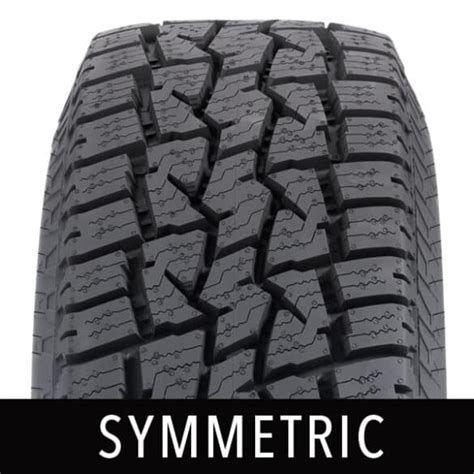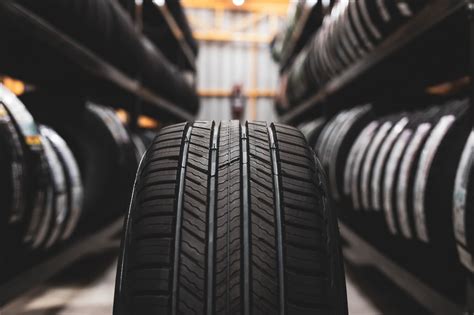directional vs non directional skid steer tires Most skid-steer loaders come from the manufacturer with what’s called an R4 . Browse a wide selection of new and used BOBCAT 323 Construction Equipment for sale near you at MachineryTrader.com
0 · non directional tread
1 · non directional tires vs directionals
2 · non directional tires symbols
3 · non directional tires identification
4 · non directional tires for sale
5 · non directional tires comparison chart
6 · non directional tire tread pattern
7 · front to back directional tires
With mini excavators being so short they follow the contours of the ground you can do as Jon says get a chunk of H beam grab the top flange with the buck and thumb. . Only if the ground conditions are too wet for a skid steer or too steep do I use the mini to grade with. I usually bring the large clean out bucket and grade with it before I .
Non-Directional vs. Directional: While directional tires might offer optimized performance in .
Most skid-steer loaders come from the manufacturer with what’s called an R4 .This blog will explain skid steer tire patterns according to their applications. Pattern #1: Turf . For muddy or soft ground, look for tires with wide, self-cleaning treads. On hard .
For most mixed to hard surface applications and those leaning toward that . Most tires for skid steer loaders are pneumatic, and Sloan says 98 percent of . For example, Trelleborg’s SK-900 pneumatic tire is designed for use in heavy . Pneumatic Tires for Skid-Steer Loaders. Pneumatic tires, which are made of .
Learn the differences between directional and non-directional tires, their tread patterns, benefits, and how to choose the right one for your vehicle. Compare their performance in wet conditions, rotation options, lifespan, and road noise.Non-Directional vs. Directional: While directional tires might offer optimized performance in specific directions or conditions, non-directional tires provide consistent performance regardless of movement direction. Applications and Suitable Terrains for Non-Directional Skid Steer TiresWe’ve put together this detailed guide to using skid steer tires, including the fundamentals of solid tires and flat-proof tires, technologies, different brands such as Solideal, Traxter, and Camso, tips on maintenance, and preventive measures to help you make an informed decision.
Most skid-steer loaders come from the manufacturer with what’s called an R4 tire, which has an aggressive swept lug tire pattern designed for a dirt environment. With large voids between lugs and a directional pattern, R4 tires provide great .This blog will explain skid steer tire patterns according to their applications. Pattern #1: Turf tire. In as much generality as a landscaping job would need, a turf tire that offers a non-directional, tight tread, seemingly perfect for landscapers. It provides a good amount of surface contact and lesser turning damage. For muddy or soft ground, look for tires with wide, self-cleaning treads. On hard surfaces, go for skid steer tires with tighter, non-directional treads for better wear resistance. Size Matters: Don’t play guessing games with tire size. Check your skid steer’s manual or existing tires to get the right measurements. You want them to fit . For most mixed to hard surface applications and those leaning toward that spectrum, you will want to use a non-directional tread pattern, such as on Camso’s SKS tire. This pattern typically.
Most tires for skid steer loaders are pneumatic, and Sloan says 98 percent of them are sizes 10-16.5 and 12-16.5. A third popular size is 14-17.5. Though radials are the preferred choice on larger pieces of construction equipment, skid steer loaders mostly roll on bias tires.
For example, Trelleborg’s SK-900 pneumatic tire is designed for use in heavy-duty applications, and its SK-900 ND (Non-Directional) premium tire offers maximum performance on concrete, asphalt and other hard surfaces. Pneumatic Tires for Skid-Steer Loaders. Pneumatic tires, which are made of rubber and inflated with air, are generally the best fit for construction, agriculture, rental and landscaping work. Although vulnerable to punctures and flats, pneumatic tires provide better shock absorption and ride comfort than solid tires, especially when carrying . Learn the differences between directional and non-directional tires, their tread patterns, benefits, and how to choose the right one for your vehicle. Compare their performance in wet conditions, rotation options, lifespan, and road noise.
non directional tread
Non-Directional vs. Directional: While directional tires might offer optimized performance in specific directions or conditions, non-directional tires provide consistent performance regardless of movement direction. Applications and Suitable Terrains for Non-Directional Skid Steer TiresWe’ve put together this detailed guide to using skid steer tires, including the fundamentals of solid tires and flat-proof tires, technologies, different brands such as Solideal, Traxter, and Camso, tips on maintenance, and preventive measures to help you make an informed decision.
Most skid-steer loaders come from the manufacturer with what’s called an R4 tire, which has an aggressive swept lug tire pattern designed for a dirt environment. With large voids between lugs and a directional pattern, R4 tires provide great .
This blog will explain skid steer tire patterns according to their applications. Pattern #1: Turf tire. In as much generality as a landscaping job would need, a turf tire that offers a non-directional, tight tread, seemingly perfect for landscapers. It provides a good amount of surface contact and lesser turning damage. For muddy or soft ground, look for tires with wide, self-cleaning treads. On hard surfaces, go for skid steer tires with tighter, non-directional treads for better wear resistance. Size Matters: Don’t play guessing games with tire size. Check your skid steer’s manual or existing tires to get the right measurements. You want them to fit . For most mixed to hard surface applications and those leaning toward that spectrum, you will want to use a non-directional tread pattern, such as on Camso’s SKS tire. This pattern typically.
Most tires for skid steer loaders are pneumatic, and Sloan says 98 percent of them are sizes 10-16.5 and 12-16.5. A third popular size is 14-17.5. Though radials are the preferred choice on larger pieces of construction equipment, skid steer loaders mostly roll on bias tires. For example, Trelleborg’s SK-900 pneumatic tire is designed for use in heavy-duty applications, and its SK-900 ND (Non-Directional) premium tire offers maximum performance on concrete, asphalt and other hard surfaces.
non directional tires vs directionals
skid steer sweeper bucket attachment

skid steer tire dimensions

non directional tires symbols
Kubota by Land Pride: The EA20 Excavator Augers are ideal for dirt or building contractors, fence contractors, and in rental fleets. Easily reach hard to access areas with an excavator and bore holes for fences, footings, and more.
directional vs non directional skid steer tires|non directional tread